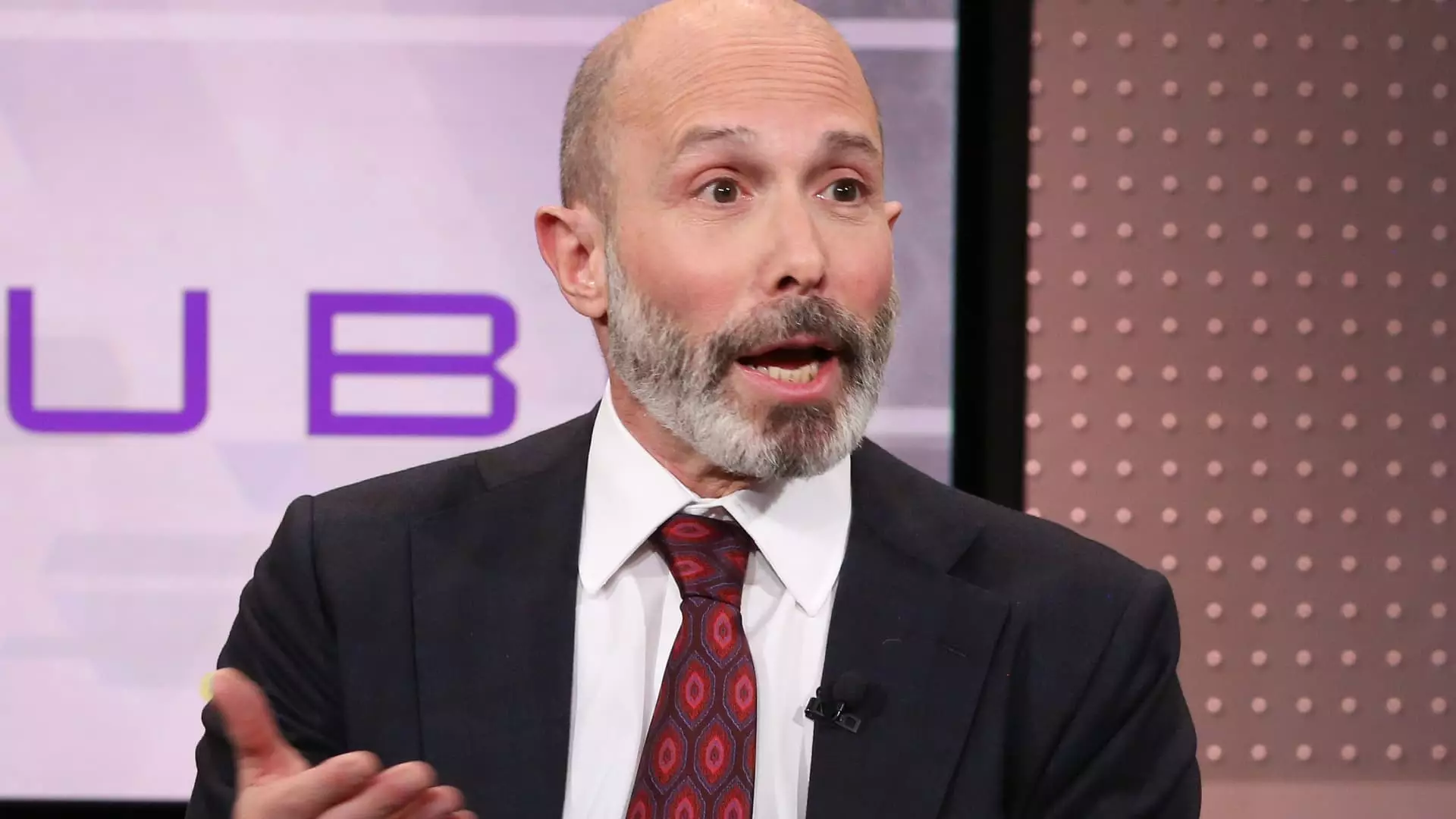The insurance market in California has become increasingly challenging for providers, as articulated by Evan Greenberg, CEO of Chubb. As one of the leading insurers in the state, Chubb is acutely aware of the complexities and risks involved in operating within a climate marked by natural disasters and regulatory pressures. By focusing on disciplined underwriting and a targeted approach to risk, Chubb has managed to report positive earnings despite the markets’ volatility.
Evan Greenberg’s approach centers on a fundamental principle: Chubb will abstain from writing insurance policies when it senses that returns on risk are unreasonable. This philosophy seems to be paying off, evident in Chubb’s financial report for the fourth quarter of 2024, where the company announced record-high earnings. Despite the pressures from recent natural disasters, including catastrophic wildfires in Los Angeles, Chubb managed to boost its earnings and reported a robust growth trajectory. This highlights an essential strategy whereby Chubb’s preemptive risk assessment minimizes exposure, allowing for greater financial resilience.
During the recent earnings call, the company anticipated a significant net pretax cost of approximately $1.5 billion for the first quarter stemming from wildfire events. Greenberg disclosed that Chubb had proactively reduced its exposure in the wildfire-prone areas by 50%. This demonstrates a crucial lesson for the insurance sector—the importance of adapting to environmental risks while remaining financially prudent.
Regulatory dynamics have proven to be another hurdle for insurance providers in California. Greenberg pointed out that insurance companies are often hindered from adjusting their premiums to reflect actual risk levels due to restrictions imposed by the state and various consumer advocacy groups. This regulatory backdrop creates a discrepancy between real market risks and the prices insurers can charge, leading to a scenario he describes as “unsustainable.”
This situation not only affects insurers’ profitability but may also incentivize individuals and businesses to occupy high-risk locations, increasing the potential for disaster impact. The dilemma raises pressing questions about the balance between consumer protection practices and the viability of the insurance market in the face of climate change and rising litigation.
Despite these external pressures, Greenberg expressed optimism regarding Chubb’s potential for sustained growth. He indicated that the company is well-positioned to expand its footprint in the commercial middle-market segment. This sector serves numerous small to mid-sized businesses, reflecting significant opportunities for growth due to emerging trends in climate unpredictability and a surge in legal disputes. Greenberg noted that regional and mutual insurers lack the requisite data and robust reinsurance relationships necessary to compete effectively in this space, giving Chubb a competitive edge.
The financial metrics reported by Chubb offer further evidence of this expansion. The property and casualty (P&C) underwriting income grew by 7% compared to the prior year, with overall global P&C premiums increasing by nearly 10%. Such growth indicates that even amid a challenging market, Chubb’s strategic focus on affluent clients and specialized services has fostered a resilient business model.
Chubb’s strategy revolves around a distinct focus on high-net-worth individuals, providing tailored insurance solutions that address their unique needs. This specialization has led to significant premium growth in this market segment, with a remarkable 34% increase in new business for affluent clients. The firm reported an encouraging 17.6% growth in premiums specifically within this demographic.
This success illustrates Chubb’s commitment to delivering differentiated coverage and exceptional service, which can often justify higher premiums. Furthermore, homeowners’ insurance pricing rose by more than 12% during the quarter, indicating the effectiveness of their pricing strategies in maintaining profitability against loss costs.
Chubb’s ability to navigate the tumultuous waters of California’s insurance landscape provides valuable insights for the broader industry. By adhering to disciplined underwriting practices and recognizing the need for sustainable pricing amid a shifting risk environment, Chubb demonstrates a model that other insurers may benefit from emulating.
As regulatory landscapes evolve and natural disaster risks intensify, the conversation around insurance pricing and risk management will only gain prominence. Insurers must balance the need for accessible coverage with the reality of uncontrollable risks—an equilibrium that will define the future of insurance in high-risk regions like California. For Chubb, the key forwards lies in leveraging its data-driven strategies, enhancing its product offerings, and maintaining transparency in customer relationships—ensuring a sustainable path in an ever-evolving marketplace.

